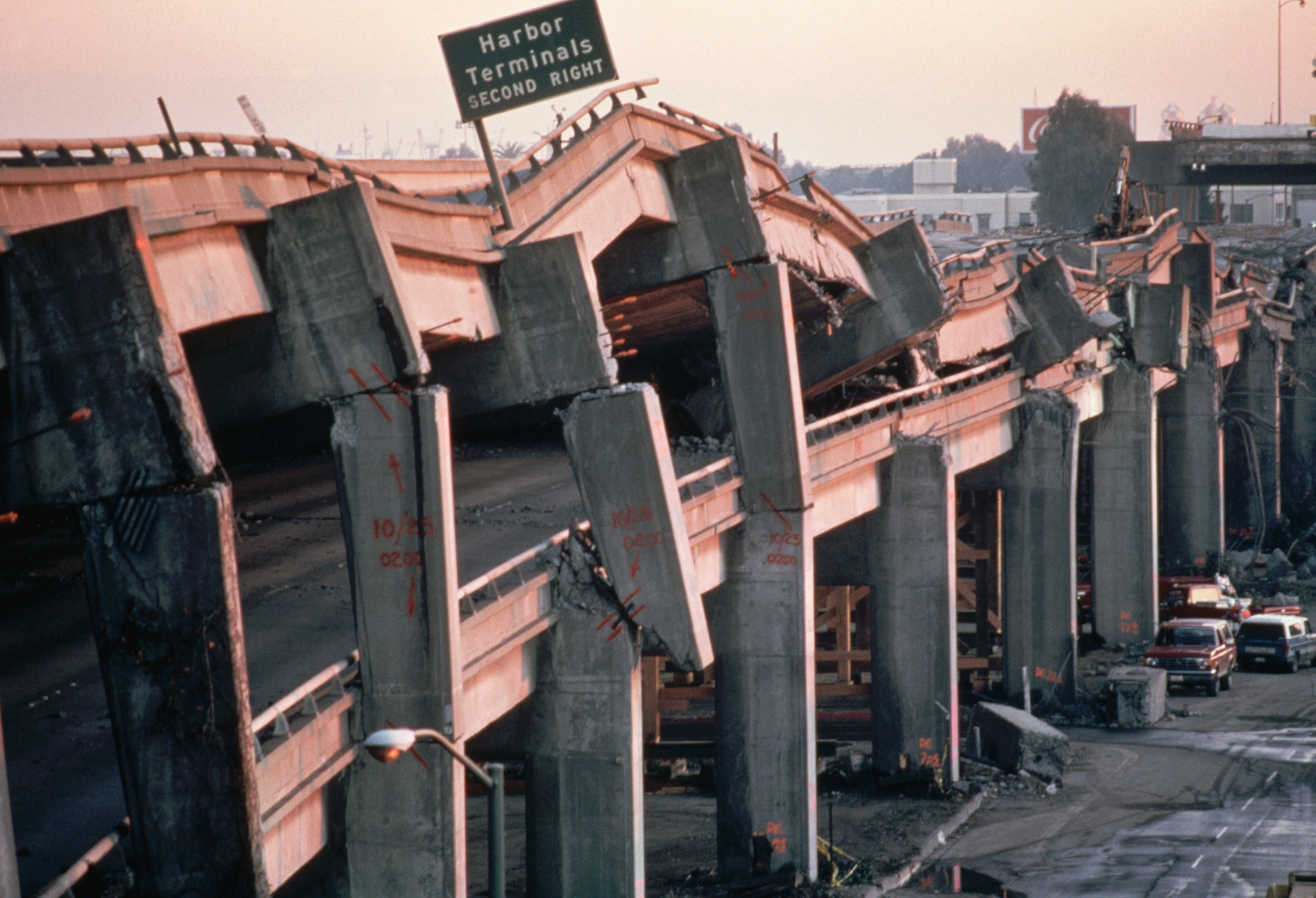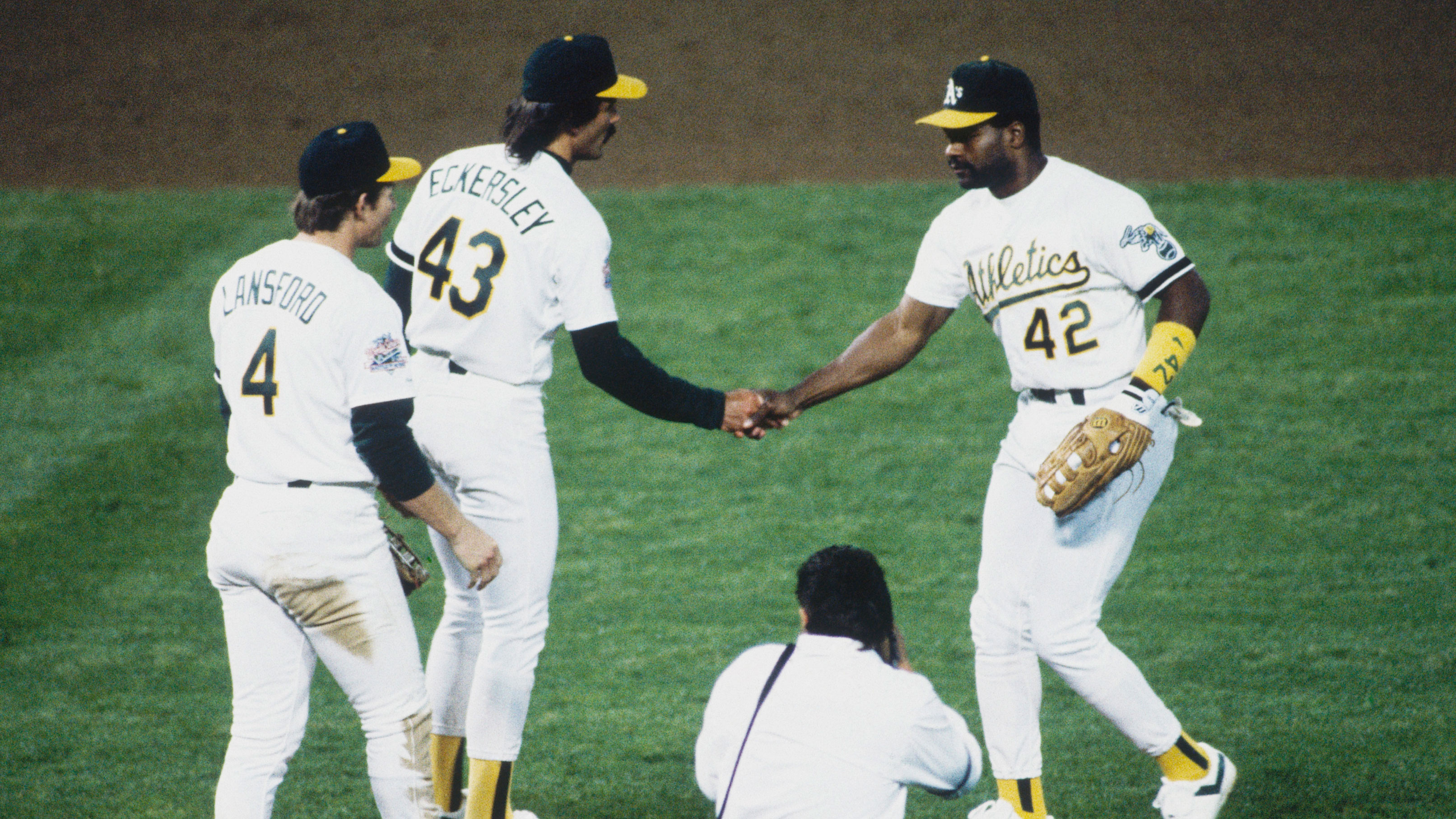People across the Bay Area and beyond took some time Thursday to make sure they're prepared for the next big earthquake as part of the annual Great ShakeOut drill.
At 10:20 a.m., people dropped what they were doing to practice the drop, cover and hold on technique.
In San Francisco, students at Everett Middle School were just some of the 280,000 people in the city participating in the drills. They were joined by Mayor London Breed, assistant police Chief David Lazar, fire Chief Jeanine Nicholson and Sheriff Paul Miyamoto.
The drop, cover and hold on drill was followed by a school-wide evacuation.
Get a weekly recap of the latest San Francisco Bay Area housing news. Sign up for NBC Bay Area’s Housing Deconstructed newsletter.
"It’s not about if, it's about when," Breed said. "San Francisco is earthquake territory. It's inevitable."
Officials stressed several items during the drill, most importantly having a plan, including knowing what to do during and after an earthquake.
Breed spoke about the big Loma Prieta quake in 1989.
“During that earthquake, it was a very challenging time for our city,” she said. “But the good news is we were prepared every single year we did drills like this.”
From San Francisco to Los Gatos, where the Town Hall also practiced an evacuation.
“We’re out here to make sure that if that day ever comes, all our employees will be safe and then we’re be able to start helping the community to make sure they’re safe,” said Arn Andrews, assistant town manager of Los Gatos.
BART slowed down its trains systemwide causing some trains to briefly stop.
“Something passengers should expect when BART gets a shake-alert warning during an earthquake.
The My Shake App also sent out a notification.
“It’s performing exactly as we intended it would be,” said Robert De Groot of Shake Alert.
Alerts are sent out for a magnitude 5.0 or greater quake, or if you’re expected to feel light shaking.
Right now, it has about 1,300 sensors up and down the west coast that can detect a tremor early on – and send alerts to your cell phone.
But it also gives crucial warning to emergency services.
“We also have a lot of automated actions that are happening,” said De Groot. “The slowing of trains, the opening of firehouse doors, the closing of valves. Just even a few seconds to get something going may mean the difference for something working after the earthquake.”
They’ll add even more sensors by 2025.
“We want to speed up our ability to detect that earthquake, find out the location, estimated size and also the amount of shaking around that event,” said De Groot.



